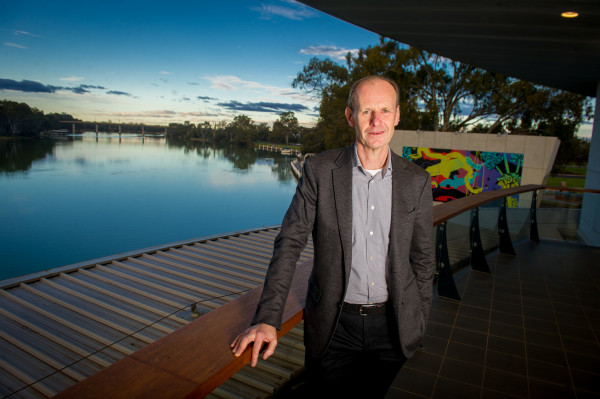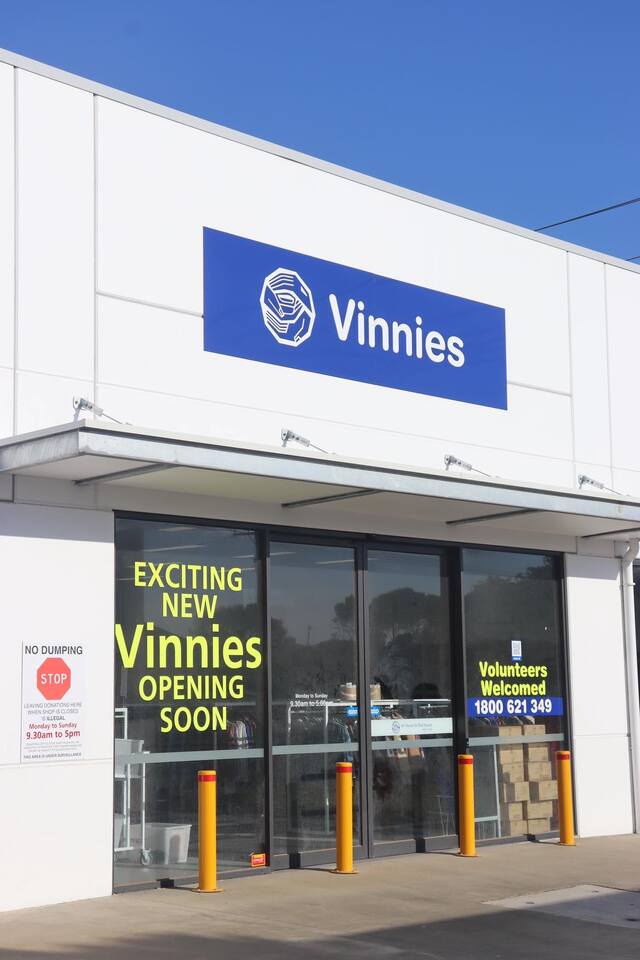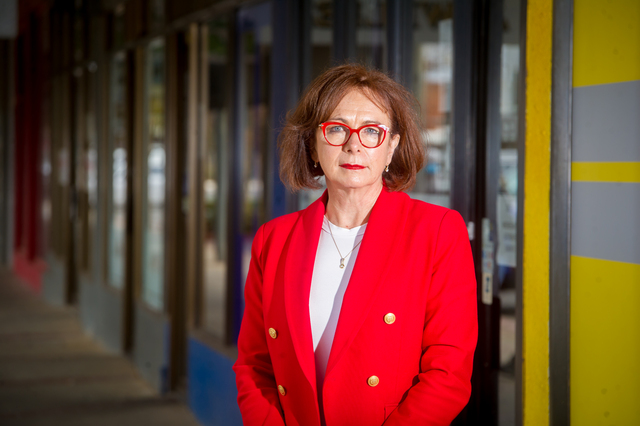MILDURA’S economy is performing “extraordinarily well” as it emerges from four COVID-19 lockdowns over the past 16 months.
That’s the view of ANZ chief executive Shayne Elliott, who gained an insight into the challenges that businesses were facing during a visit to Sunraysia this week.
“The sense of optimism has been really strong and the local business volumes look good,” he told Sunraysia Daily.
“Places like Mildura seem to be doing extraordinarily well (in the COVID recovery).
“(But) people are struggling to keep up with some of the demand – and a lot of people are talking about labour shortages, in particular.
“I’ve heard stories about the seasonal, fruit picking and packing challenges – and that’s pretty obvious – but it’s even through to some of the high-paid, mid-level farm management jobs.
“It’s more extreme in agriculture, but (the labour shortages) are true in almost every single industry across the country.”
Mr Elliott’s comments about Mildura’s strong economic recovery have been backed up by a new ANZ report, which shows Mildura’s unemployment rate fell in 2020 despite the crippling lockdowns.
The local unemployment rate dropped from 3.1 per cent in the first quarter to 2.7 per cent in the fourth.
“The bulk of economic loss from the pause in business travel, international tourism and education, international immigration and large events (since March last year) has been incurred by capital-city businesses,” the ANZ report says.
“So it should be no surprise then that regional areas like Mildura have recovered more quickly.
“Google mobility data shows the Mildura LGA is far ahead of the Victorian average for local movement, including to workplaces, retail and recreation venues, train and bus stations, and grocery stores.
“This has also meant regional labour markets have been more resilient during the pandemic than their capital-city counterparts.
“While it has increased over the first half of 2021, unemployment in Mildura and regional Victoria remains below Melbourne.”
Future of banking
The ANZ boss also lifted the curtain this week on how banking will look in the next five to 10 years.
“I can’t see a time in the future where we won’t have a big branch in Mildura, for example,” Mr Elliott said.
“But what’s going to happen in the branch is going to change.
“It’s going to be less about cashing a cheque and more about providing people with coaching and advice.
“Branches are going to be less about transactions and more about conversations.”
Asked if customers could one day expect to be greeted by robots instead of humans in branches, he said: “Well, we’ve already had robots for a long time with ATMs.
“Mildura is already one of our more modern branches (on the corner of Eighth Street and Deakin Avenue). We call it a digital branch.
“You don’t see the old teller window. That’s gone because that’s not what people want anymore.”
Investment advice
Mr Elliott has urged retirees to be cautious about where they invest their money with interest rates unlikely to increase significantly in the next few years.
“Retirees are really in a difficult position of earning nothing on their balances,” he said.
“(But) what we have to make sure is that people don’t take on too much risk and they’re enticed into silly investment schemes.
“There’s a place for equities in their portfolios and there’s an increasing interest again in investment properties, which have a reasonable yield.
“We just don’t want people to do anything foolish that they’ll later regret.”
He said he didn’t expect interest rates to go up too much before 2024.
“It’s so difficult because we’ve had 30 years of interest rates going down,” Mr Elliott said. “We all remember when they were really high (in the early 1990s).
“The experience and wisdom of economists will say rates have bottomed and the next move will be up, gradually.
“But the Reserve Bank has said it’s unlikely they are going to increase interest rates until 2024, which is a long way off.”








